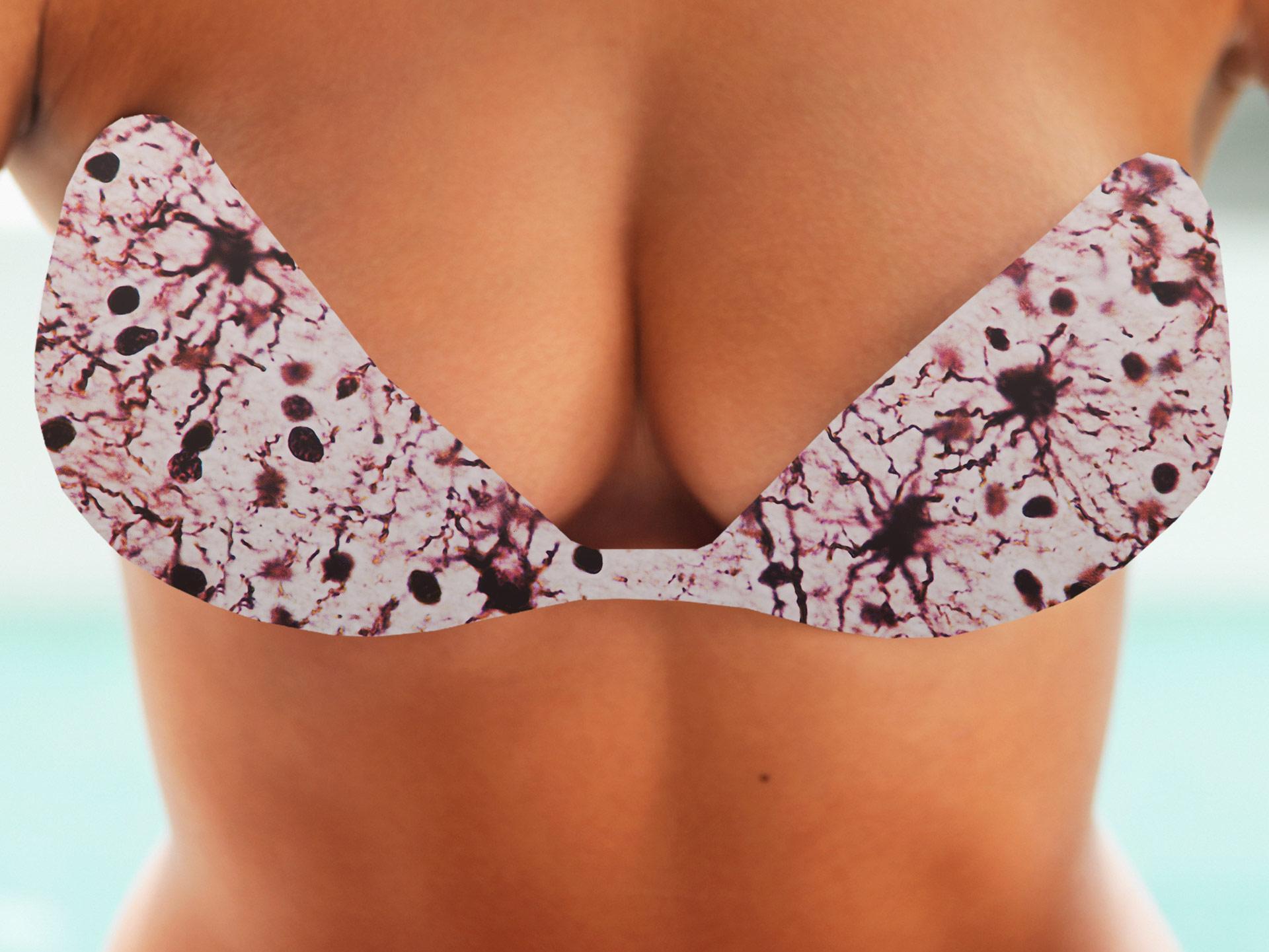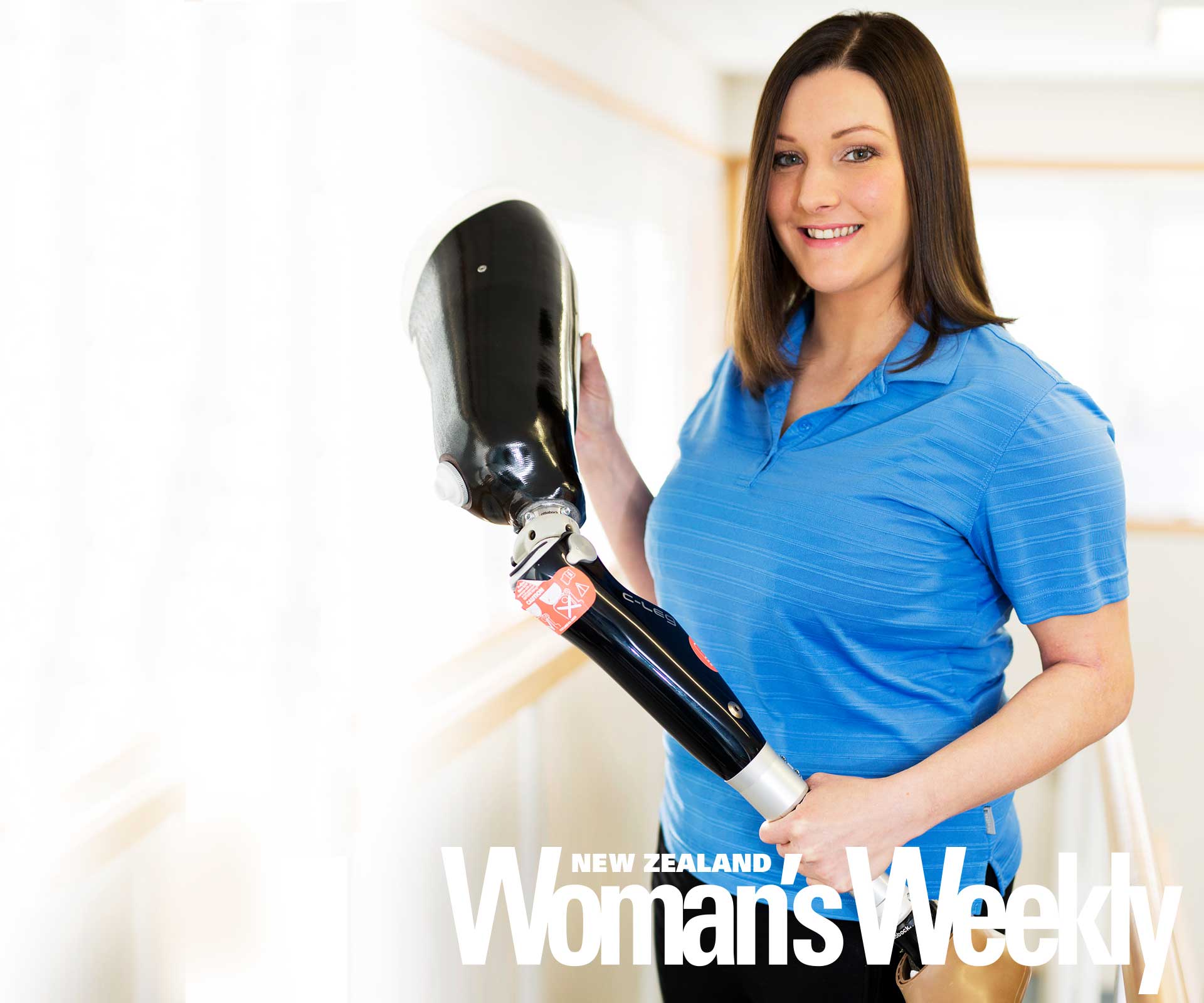Rocks in socks – that’s how her surgeon described Aviv Jones’ breasts prior to putting in implants. Aviv was in her forties at the time – a fitness instructor with a great body, but after having four children all the volume had gone from her breasts. Finding herself single and on the dating scene again following a marriage break-up, she decided on augmentation surgery.
“I thought it would give me more confidence,” explains the 51-year-old from Orewa. “That’s what prompted me to do it. So I had the breast implants and they looked fabulous. I still miss them.”
Last July Aviv had her implants removed following a series of scares. After a mammogram she had noticed a bulge out of the side of one breast. She became concerned about the risk of anaplastic large-cell lymphoma, a relatively rare cancer that has been associated with implants. And when the breast became hard, painful and misshapen, she began fearing the silicone was leaking.
“I didn’t want to worry any more,” she says. “I wanted peace of mind.”
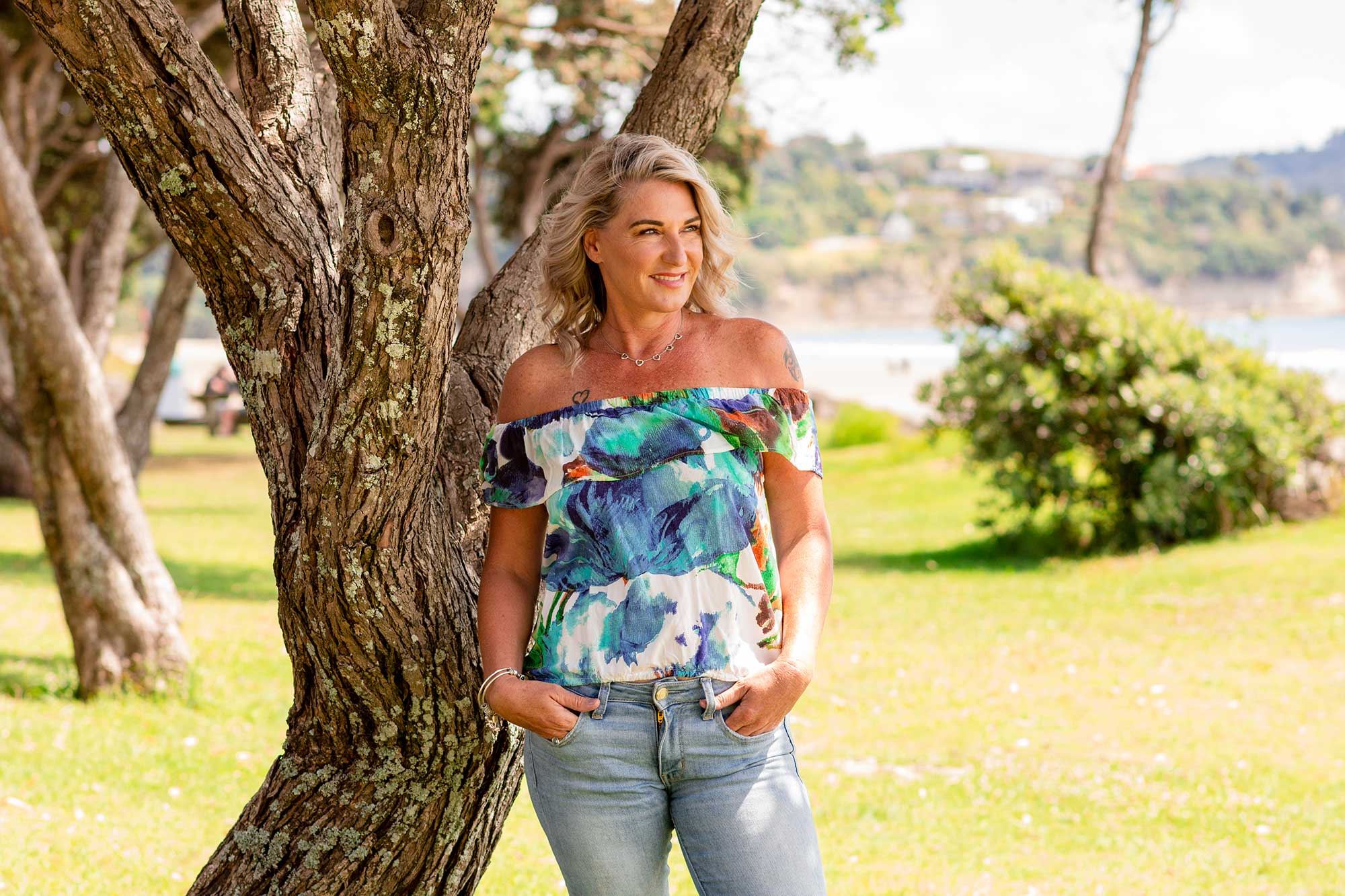
Aviv went to Northland plastic surgeon, David Crabb, who took out the implants and replaced them with Aviv’s own fat cells, which for this procedure are taken from various sites around the body, usually the thighs and belly.
“My breasts don’t look the same,” she admits.
“Before they were more like half melons, now they jiggle as I walk, like normal boobs. But I can sleep on my stomach again. They’re not hard and slightly painful like they were. And I’m not worried they’re leaking silicone – I’m happy.”
Tests on the capsules of tissue that had surrounded the implants showed chronic inflammation. Aviv doesn’t know if that is the reason why she had been experiencing brain fog and fatigue, symptoms she had put down to menopause, but it is possible.
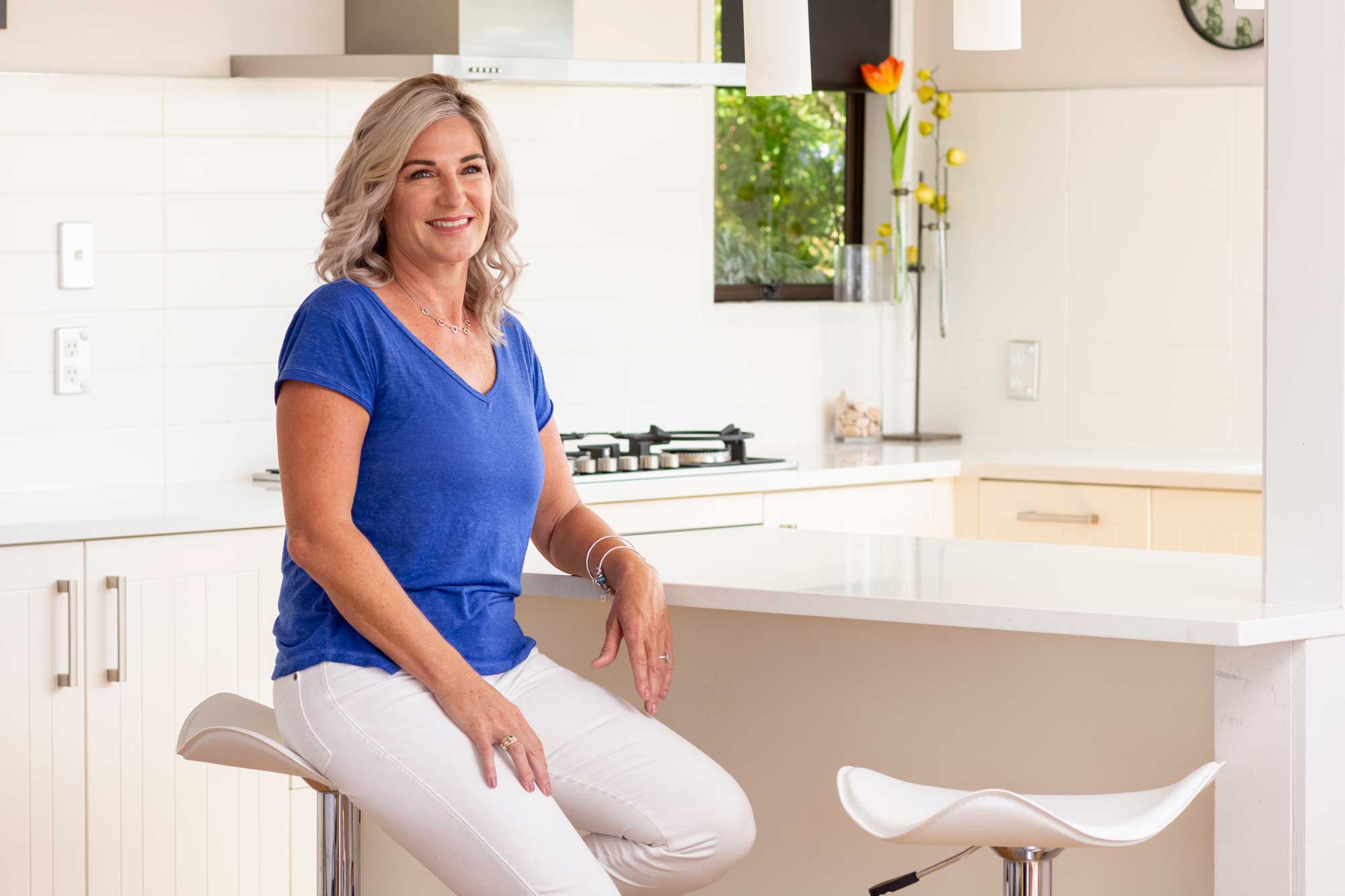
Aviv still misses her implants but had them removed for peace of mind.
Why women are regretting their implants
Like Aviv, increasing numbers of women around the world are opting for explant surgery – or as it’s become known an “un-boob job”. Singer Stevie Nicks had her breast implants removed because she was concerned they were linked to her constant fatigue.
Victoria Beckham had hers taken out, saying she regretted getting them. And New Zealand model Nicola Robinson (formerly Nicky Watson) rid her body of enlargements after suffering the symptoms of breast implant illness, which can include anything from chronic pain, swelling and muscle weakness, to fatigue, brain fog and lowered immunity.
The medical community has been slow to recognise the link but evidence is now emerging that breast implants can create long-term inflammation in the body.
Sydney cosmetic surgeon Anand Deva led a study to show that textured implants have a higher chance of developing a biofilm – basically a coating of bacteria. These bacteria are perfectly friendly when they are living on the skin – in fact, we carry a lot of them. It’s when they attach to an artificial surface, such as a breast implant, that they can become a problem.
“A biofilm is the bacteria’s way of survival,” explains Anand. “It’s a protective sticky armour that stops the body from getting rid of it.”
Textured implants are popular in Australia and New Zealand as they are less likely to shift out of place than smooth ones, but the downside is there are more nooks and crannies for the biofilm to cling to. And when that implant is surgically inserted deep inside the body, it can result in a low-grade infection that grumbles away until the immune system starts to fight back, creating inflammation.
There is no doubt that biofilms are the cause of a common reason for implant failure, capsular contracture, which affects seven to 10 per cent of women with implants over the first five to 10 years.
“It’s the biggest reason women come back after having implants,” says Anand. “They become hard and painful, and we have to take them out. But to prove bacteria was the principle cause of that took about 30 years of research.”
The painful outcome that can result from breast implants
The pain Jane Galilee suffered as a result of her breast implants ended her 25-year career with the police force. Jane went through a double mastectomy and reconstruction eight years ago, after being diagnosed with breast cancer. Almost right from the start her left breast was problematic, becoming lumpy, unattractive and tender.
“Wearing a tight, stab-proof vest was unbearable for work. I’d have it on for 10 minutes and be in agony,” recalls Jane.
“I started getting really bad pains in my breast, pulling and tugging sensations. And also back pain from my bra to my neckline. I was always at the physio. The pain in my chest was so bad I ended up in hospital a few times thinking I’d had a heart attack.”
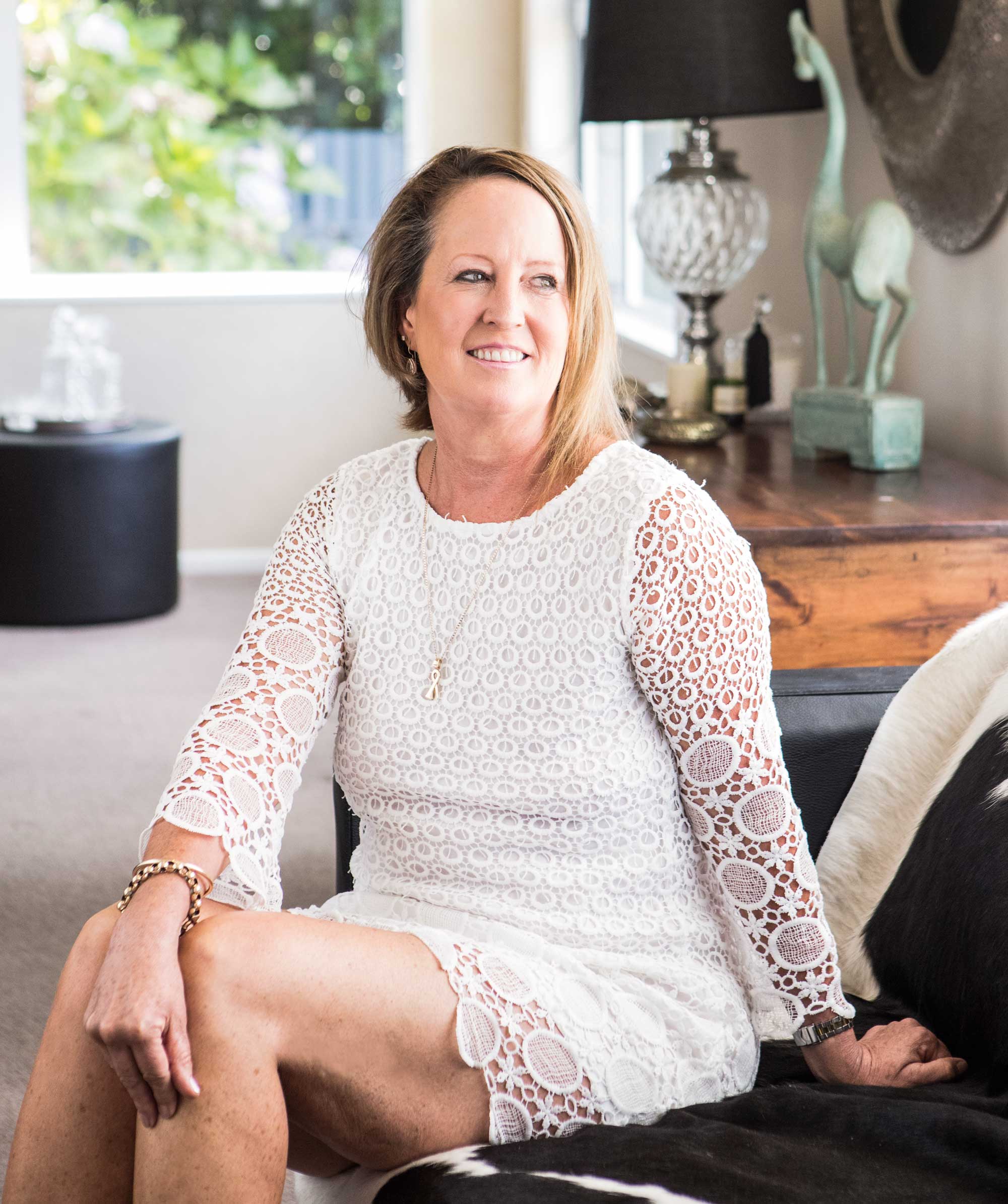
After eight years of agony, Jane’s health improved after her breast explant.
Jane also had brain fogs, fatigue and short-term memory loss but presumed that was due to the lasting effects of chemotherapy. The response from the doctors she consulted wasn’t helpful – one surgeon told her she should be grateful to be alive and suggested she see a psychologist.
Jane, now 51, ended up medically disengaging from the police force and has moved from Auckland back to her hometown of Whanganui where she is focusing on recovering her health.
In October she had the implants removed by David Crabb.
“I woke up from surgery and the first thing I noticed was I could put my shoulders all the way back and breathe,” she says. “The pain is gone and I can sleep; it’s incredible. I feel so much better.”
The fat grafting technique that offers an alternative to breast implants
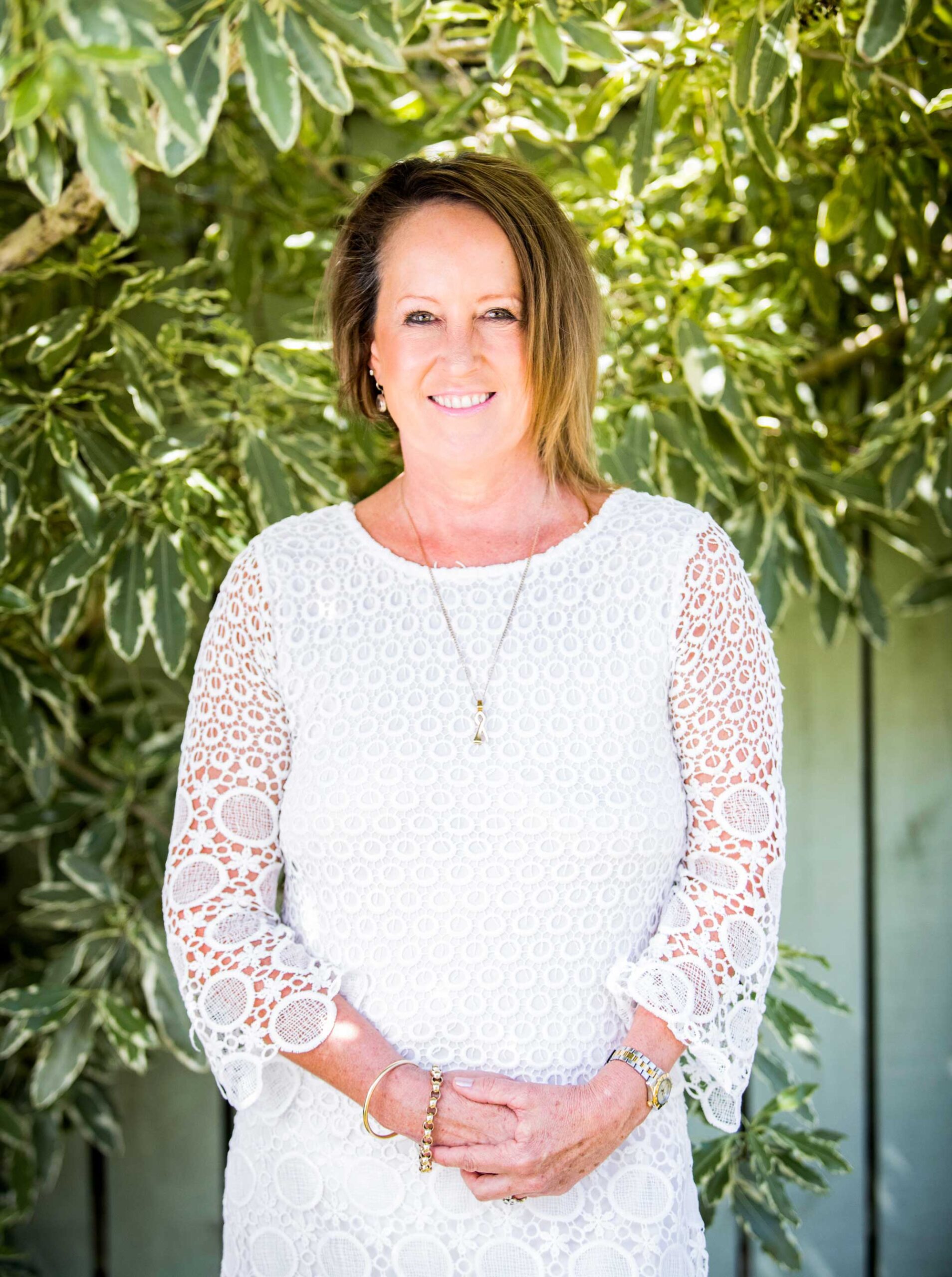
After her implants were removed, Jane opted for a more natural breast reconstruction using fat grafting.
Rather than replacing the implants, Jane opted to have the fat grafting technique David Crabb specialises in. It was a long procedure so only one breast has been reconstructed so far.
“I’m uneven at the moment,” she says. “But if the left breast turns out like the right and maintains the volume I’ll be very happy. It’s better than being flat-chested.”
There were signs of a bacterial infection and inflammation in the capsules of tissue surrounding Jane’s implants, potentially the cause of all that pain.
David says this is a familiar story. When he removes an implant, it’s common for him to discover scar tissue and inflammatory changes.
“The body is trying to seal the implant off and fight the low-grade infection,” he explains.
Some of his patients have been seen by multiple doctors and told nothing is wrong. Even when a troublesome implant is removed, the signs of low-grade infection aren’t necessarily found, as the standard swab tests don’t pick it up. More sophisticated testing on the capsule itself is needed for a complete picture, says David.
“The inflammation might not be bad enough to cause capsular contracture,” he points out. “So we don’t know what percentage of women have a problem.”
He describes the issue as being like a pyramid. At the top are a small number of people who have serious inflammation and get chronic lymphoma (cancer), then there are those women who suffer implant syndrome. And, at the bottom, there are a whole lot of women with no symptoms at all, some of whom may progress to capsular contraction.
David isn’t a fan of implants – in fact, he doesn’t work with them at all. “I haven’t done for several years,” he says. “I can do everything I need to do without using an implant.”
He believes fat grafting is safer and gives a more natural result. Some patients require a single procedure, while others may need more, depending on how much tissue is left and the amount of scar tissue.
Typically it is a longer and more complex procedure than having implants inserted as the fat cells are living tissue and need to be harvested carefully, which in itself takes a surgeon a couple of hours. Aviv was under anaesthetic for eight hours and describes the recovery process as brutal.
“Because the fat has to be harvested from various sites you have puncture wounds all over your body,” she explains. “That means multiple healing sites.”
While she doesn’t regret doing it, she admits to preferring the way her implants looked. “It took me a while to get used to real boobs that jiggle. I’ve gone through a bit of a grieving process for my old fake ones, if I’m honest.”
Fat grafting has been used for years alongside implants to fix differences in the shape or balance of the breasts. Rebuilding a whole breast using fat is a relatively new technique and not without the potential for problems. Fat injected into the breast area can be reabsorbed over time, leading to a loss in volume, although wearing a tissue expander, called a Brava device, before and after surgery seems to ameliorate this.
More worryingly there has been concern among some doctors that putting fat cells from other parts of the body into the breast could stimulate dormant breast cancer cells to grow.
David believes there is enough evidence now to prove there is no increased cancer risk but Anand continues to take a cautious approach, using fat grafting only on his post-mastectomy patients who have no breast cells that could be potentially transformed. He believes implants still have their place, but we need to be more careful with them.
“If you’re going to get a textured implant make sure the surgeon knows what they are doing and there is some sort of follow-up,” Anand advises. “It’s not good enough to put implants in a woman and say,
‘Have a nice life’, you’ve got to have yearly check-ups.”
The need to screen for breast implant related complications
Anand is among the authors of a 14-point plan that gives surgeons proven strategies to reduce the risk of complications from implants. There is a website –saferbreastimplants.org – where you can check out the plan and also search for surgeons who have pledged to follow it.
In Sydney, breast implant check clinics have opened. Women can be examined for signs of leaks, ruptures or capsular contracture for an affordable fee. “Now that the doors have been open for a few months we’re seeing a lot of complications like women walking round with implants that have ruptured and having no idea,” says Anand.
Implants aren’t a permanent solution, he points out. “I won’t put in an implant saying I’ll never have to touch it again because chances are I will. Implants can break and leak. After 10 years, inevitably you get increasing complications, ruptures and failures.”
His aim is to give patients power and understanding, so they are informed enough to have a conversation with their doctor, weigh up the risks and benefits of the procedures offered, and choose the best one for them.
“In the old days, there was no reconstruction after breast cancer,” he says. “You used a prosthesis in your dresses or swimming costume, and you lived with it. We can offer women a lot more these days, but it comes with some risks. So it’s important to have a really detailed discussion weighing up the pros and cons, and it’s very individual.”
Jane and Aviv don’t recall being told they should have their implants checked annually. Karen White* is a Northland health professional and, like Jane and Aviv, wasn’t aware of the importance of regular monitoring either.
Karen chose to have breast implants 12 years ago because of a loss of volume after having her two children. “I felt so unfeminine. I went to a doctor to see if they could be lifted, but I’d lost so much tissue, he said I needed implants too.”
Initially she was happy with the result, but a couple of years ago noticed changes in one of her breasts. “It looked puckered, like a little dent in the lower corner. I went back to the doctor and he said it was capsular contracture.”
Karen started saving money so she could do something about it, but then she noticed more symptoms. “I was feeling achey under my breasts and arms. I had a real brain fog and fatigue. I didn’t make the link until I read about Nicola Robinson, then I started looking up breast implant illness and thought, ‘That’s me.'”
What is going on with faulty breast implants?
While it is possible, in very serious cases, to get implants removed in a public hospital, most women face funding their own surgery. Borrowing $33,000 from her mother, Karen had the implants removed.
They were disintegrating and leaking. “They were supposed to be magical, wonderful implants,” she says. “I feel like I’ve dodged a bullet.”
Anand says we shouldn’t fear implants. But if we’re going to use them we need to be more vigilant. And he believes it is going to take much more work to discover whether certain women are more prone than others to developing the symptoms of breast implant illness.
“I’ve seen some of these women – I don’t doubt they are suffering. After the implants are removed from some patients I’ve seen dramatic responses in terms of their wellbeing. Our challenge is to work out what is going on. Is it related to these bacteria or to some genetics the patient has?
“In the future you may need to go and get screened to check your risk of something going wrong; but we’re not there yet. It’s going to take a lot more research, more funding, time and thinking, it’s not going to be something we work out quickly.”
Please consult your health professional or plastic surgeon before making any decisions in relation to breast implants.


